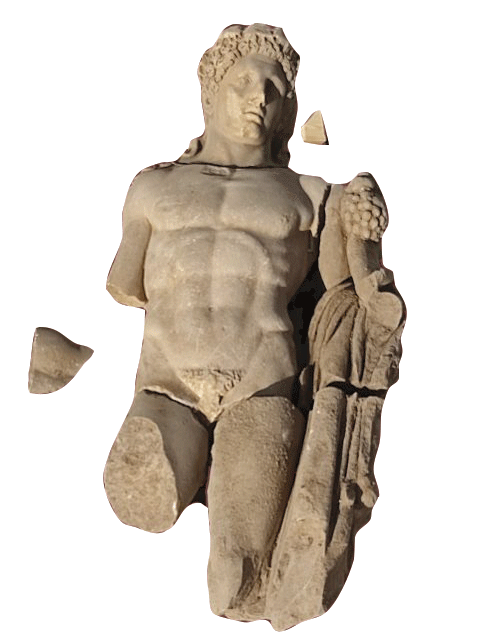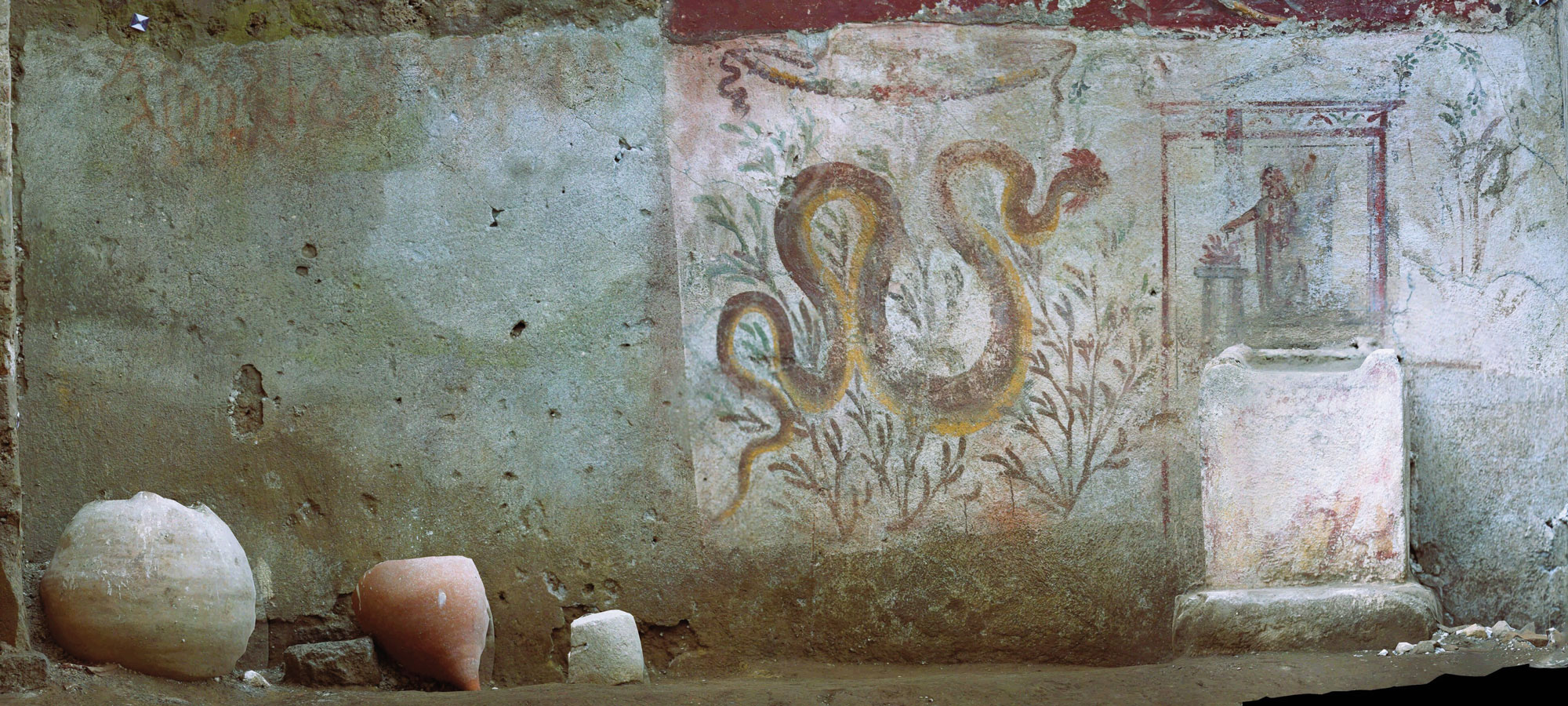COPENHAGEN, DENMARK—According to a Live Science report, traces of a 1,600-year-old Roman prison have been identified in Corinth, Greece. Matthew Larsen of the University of Copenhagen made the identification through an examination of the site and a review of records of an excavation conducted there in 1901. Larsen said that graffiti on the floor of the site offered clues to its use, since there is scant evidence of what a Roman prison may have looked like, or where it would have been located within a city. He noted that the graffiti at this location was written within cracks in the flooring, indicating that the materials had not been relocated from another site. The inscriptions sometimes asked for vengeance, and sometimes contained pleas, such as “may the fortune of those who suffer in this lawless place prevail. Lord, do not show mercy on the one who threw us in here.” Descriptive texts suggested that the space was dark and cold, he added. Larsen also said game boards had been drawn on the floor, and that jugs and lamps were recovered from one side of the site. A small latrine had been dug in one of the chambers. To read about an architectural study of the Temple of Apollo at Corinth, go to "Rise of the Greek Crane."
Possible Roman Prison Identified in Ancient Greek City
News August 14, 2024
SHARE:
Recommended Articles
Digs & Discoveries January/February 2023
A Young Hercules

(Courtesy Greek Ministry of Culture and Sports)

Courtesy Soprintendenza Archeologica di Pompei
Off the Grid May/June 2024
Lixus, Morocco

(Franck METOIS/Alamy)
Digs & Discoveries May/June 2024
Pompeian Politics

-
Features July/August 2024
The Assyrian Renaissance
Archaeologists return to Nineveh in northern Iraq, one of the ancient world’s grandest imperial capitals
 (Land of Nineveh Archaeological Project)
(Land of Nineveh Archaeological Project) -
Letter from Nigeria July/August 2024
A West African Kingdom's Roots
Excavations in Benin City reveal a renowned realm’s deep history
 (Mike Pitts)
(Mike Pitts) -
Artifacts July/August 2024
Etruscan Oil Lamp
 (Courtesy Museo dell’Accademia Etrusca e della Città di Cortona; © DeA Picture Library/Art Resource, NY)
(Courtesy Museo dell’Accademia Etrusca e della Città di Cortona; © DeA Picture Library/Art Resource, NY) -
Digs & Discoveries July/August 2024
Bronze Age Beads Go Abroad
 (Courtesy Cambridge Archaeological Unit)
(Courtesy Cambridge Archaeological Unit)


